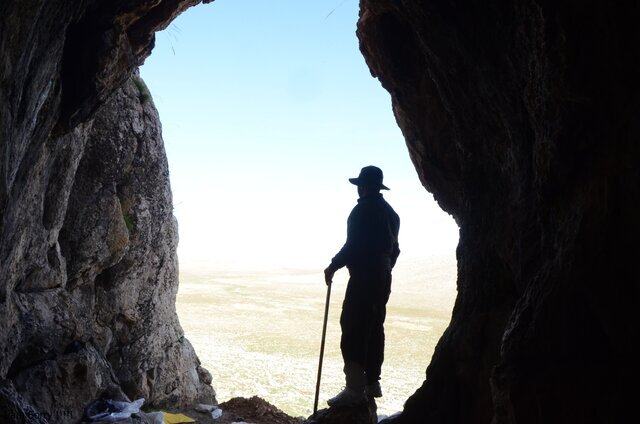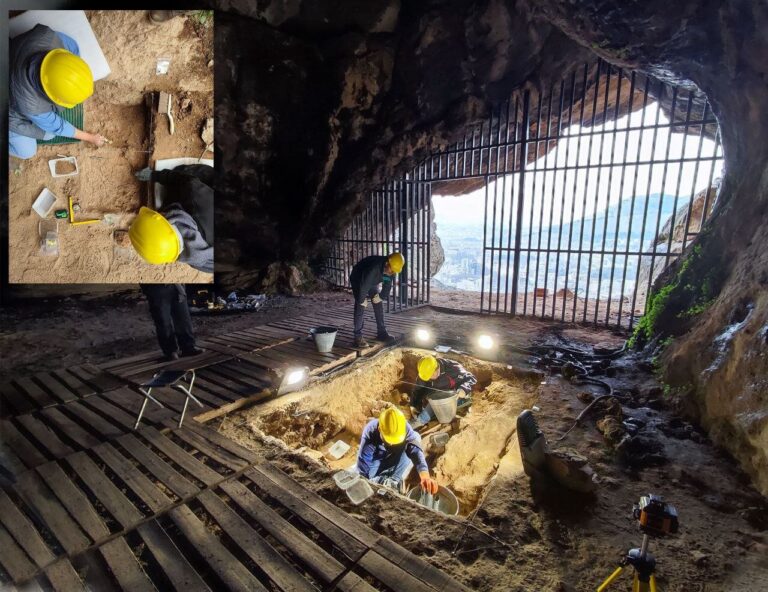Neanderthal Footprints Found: Fascinating Discoveries in Western Iran’s Ancient Cave
Recent archaeological findings have unveiled significant evidence of Neanderthal habitation in Kunakhera Cave, situated in the Zagros Mountain range of western Iran’s Kermanshah province. This discovery is crucial for understanding Neanderthal life and culture during the Paleolithic era and highlights the ongoing efforts to protect these invaluable historical sites from damage.
According to Nemat Hariri, the leader of the archaeological team conducting this emergency excavation, the remains unearthed confirm Neanderthal utilization of the cave approximately 40,000 to 80,000 years ago. “Due to extensive destruction in recent years, we initiated this project with authorization from the Cultural Heritage and Tourism Research Institute and support from the provincial heritage department,” Hariri remarked.
The excavation project had two primary objectives:
- Rescue and Documentation: To salvage and document cultural and biological remains that are at risk of destruction.
- Scientific Research: To gather data related to the region’s Paleolithic history.
The specific location of Kunakhera Cave places it near other significant archaeological sites, including the renowned Bawa-Yawan rock shelter. Initial findings have revealed Mousterian-type stone tools and sedimentary layers that closely resemble those found in the Bawa-Yawan shelter, a known Neanderthal site. These discoveries support the hypothesis that Neanderthal communities frequently used the cave during the Late Pleistocene, even despite the persistent snow lines at approximately 1,800 meters.
“The emerging evidence is consistent with recent scientific shifts in how Neanderthals are perceived—not as primitive or biologically limited, but as complex hominins with sophisticated cultural, cognitive, and survival capabilities,” Hariri elaborated.
Among the artifacts discovered were cut-marked animal bones exhibiting signs of heating, likely from hearths used by Neanderthal groups. The remains represent a diverse array of fauna, including:
- Cave Bears
- Equids
- Bovids
- Caprids
- Jackals
- Rabbits
- Freshwater Turtles
This variety suggests a flexible and adaptive diet among these early humans. Additionally, the presence of hearths and ash layers emphasizes the cave’s organized and repeated use as a shelter. “This emergency excavation is not only vital for preserving the remaining scientific evidence but also contributes significantly to our understanding of Neanderthal life in central western Zagros,” Hariri noted.
The findings from Kunakhera Cave hold the potential to reshape perceptions of early human existence in the highlands of Iran, underscoring the region’s significance in the broader narrative of human evolution.
A Closer Look at Bawa-Yawan: A Remarkable Paleolithic Shelter
One of the oldest known references to humanity can be traced to Bawa-Yawan, a rock shelter located in the Kermanshah region of western Iran. According to renowned Iranian archaeologist Saman Heydari-Guran, the rock art discovered in Bawa-Yawan represents the oldest evidence of human behavior based on signs found in the Iranian plateau.
These rock arts provide a direct glimpse into complex human behavior that is difficult to obtain from other ancient remains of the late Pleistocene era, according to Heydari-Guran. “Paleolithic rock art has been uncovered in various forms globally, including rock-carved portraits and abstract signs. They have always been an important and fascinating subject for archaeologists and anthropologists,” he stated.
“Currently, Paleolithic research in Kermanshah has led to the significant discovery of rock motifs in one of the most crucial locations in this region,” the archaeologist added. Multi-faceted research shows that the motifs at Bawa-Yawan are comparable to European Paleolithic rock motifs in both form and content.
“Moreover, based on statistical analysis, the motifs discovered at Bawa-Yawan can be linked to the phenomenon of childbirth and its documentation,” he further explained. The closest layer associated with the rock art at Bawa-Yawan is estimated to date back to approximately 13,400 years ago.
The long-term presence of Neanderthals in western Eurasia, as indicated by these findings, suggests that they were a resilient hominin subspecies. Archaeological records and fossil evidence reveal that toward their extinction, their territory was dramatically reduced for various reasons, including limited food resources.
In conclusion, the excavation at Kunakhera Cave and the discoveries at Bawa-Yawan provide invaluable insights into the lives of Neanderthals and early humans in the Zagros Mountains. These findings not only enhance our understanding of human evolution but also emphasize the importance of preserving these archaeological treasures for future generations.





